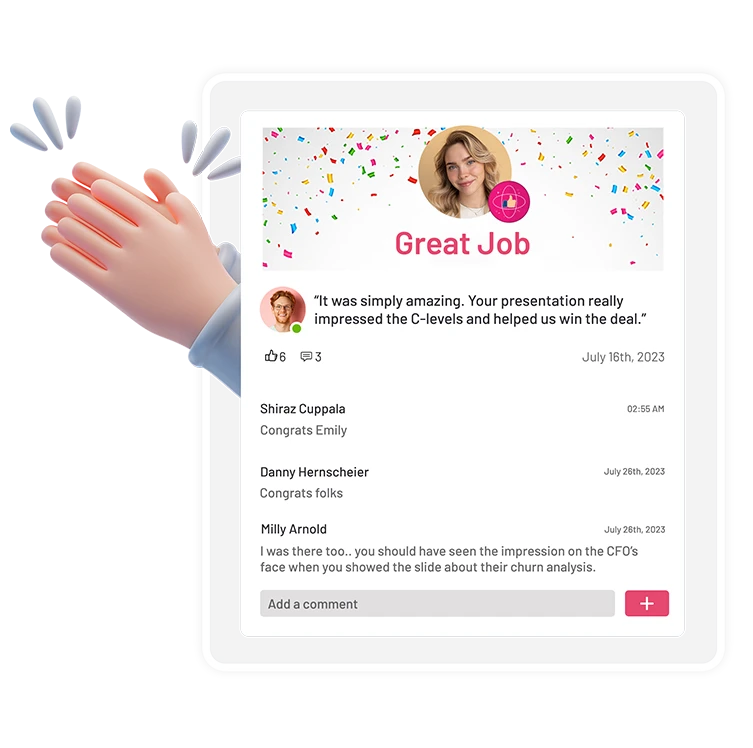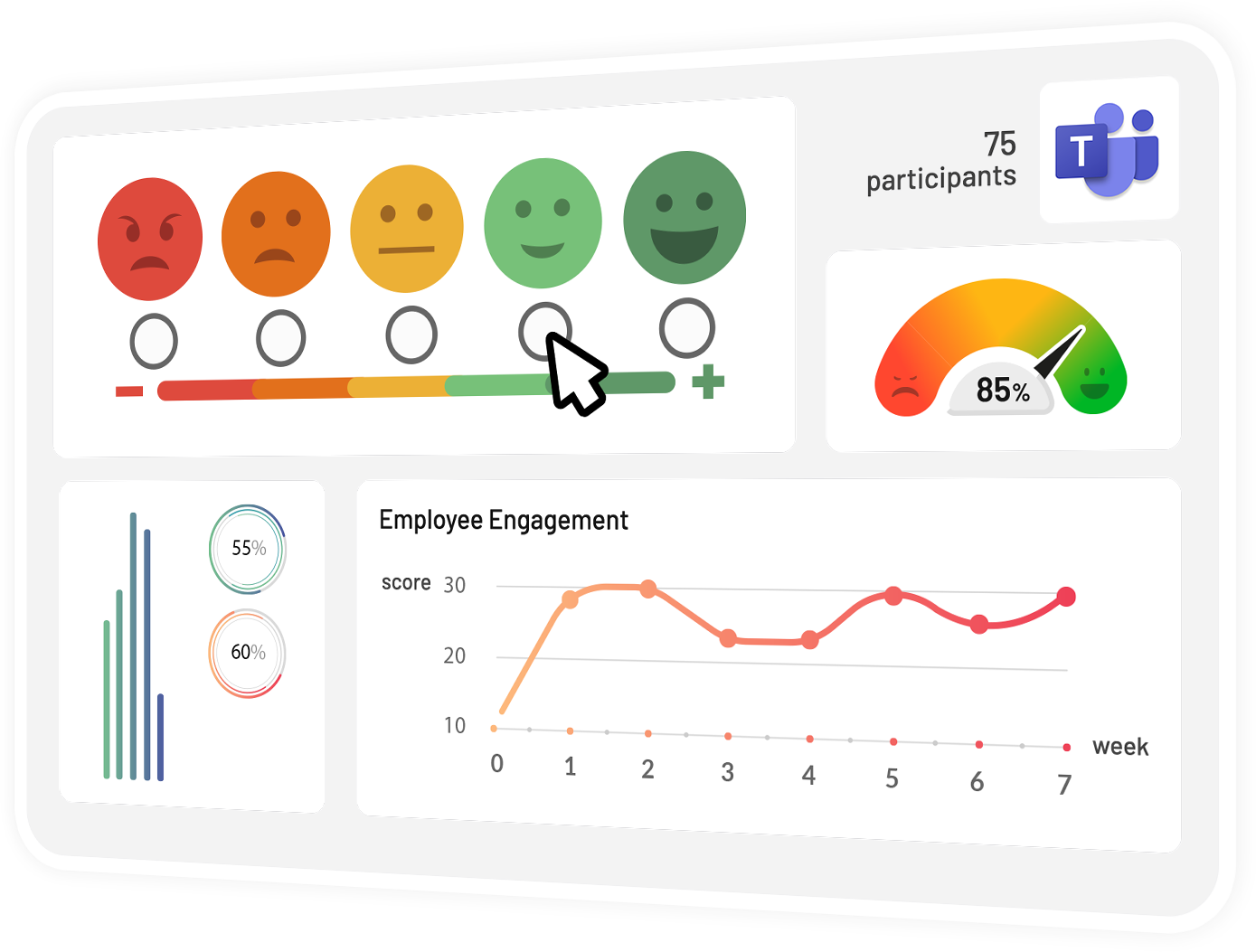Are you struggling to motivate and engage remote employees? If so, you’re not alone. With the rise of remote work, many companies are facing the challenge of how to keep their employees engaged and productive, no matter where they are located. Managing remote teams is harder since remote work takes away from the office environment experience that creates a workplace culture.
Employee engagement is crucial for any organization’s success, and this is especially true for remote teams. When employees feel connected to their work and their colleagues, they are more likely to be productive, innovative, and satisfied with their jobs.
However, with remote work, it can be challenging to create a sense of community and collaboration among team members who are geographically dispersed.
Fortunately, there are many effective strategies that you can use to engage and motivate your remote employees. In this post, we’ll be exploring the importance of remote employee engagement and sharing
10 practical ways to keep your team connected, productive, and motivated, no matter where they are. These tips will help you build a culture of engagement and support your remote employees in achieving their goals. So, let’s dive in and discover these essential strategies for remote employee engagement!
How To Engage Remote Employees?
Implement An Employee Engagement Software
Consider investing in employee engagement software that can help you manage all aspects of employee life, including recognition programs, performance reviews, goal setting, benefits enrollment, professional development and more. Y
ou can also use it to create your own culture of innovation – whether it’s at the corporate level or within individual teams across different locations – as well as any other element that ensures people are enjoying their day-to-day work lives.
Employee engagement software can be an invaluable tool for any organization that wants to foster a culture of innovation. Employee engagement software helps you manage all aspects of employee life, including recognition programs, performance reviews and goal setting.
You can also use it to create your own culture of innovation – whether it’s at the corporate level or within individual teams across different locations – as well as any other element that ensures people are enjoying their day-to-day work lives.
If you are looking for employee engagement software, then we compiled the best ones of 2024 right here: 15 Best Employee Engagement Software of 2024
We do, however, have a specific suggestion for you if you’re using Microsoft Teams as a collaboration tool. Teamflect is an all-in-one employee engagement software that is seamlessly integrated into Microsoft Teams.
Teamflect’s seamless integration into Microsoft Teams also means that 360-degree feedback, employee pulse survey templates and performance review templates can be accessed without leaving the communication app you use.

Teamflect also provides users with:
- Continuous feedback
- Feedback template gallery
- Power BI Reports to help users gain a better understanding of their organization
- Customizable recognitions
- One-on-one meetings with notetaking
- User-friendly design



